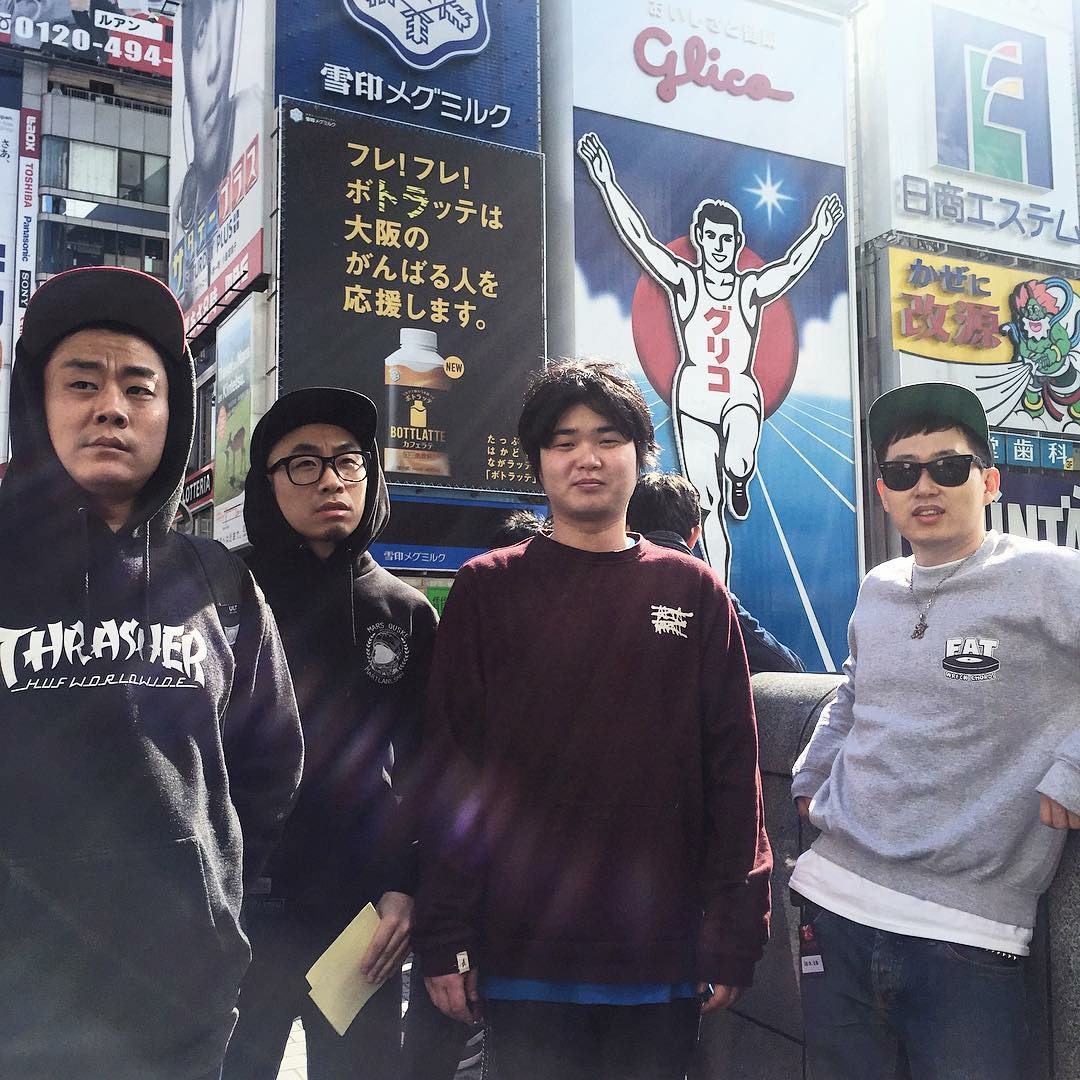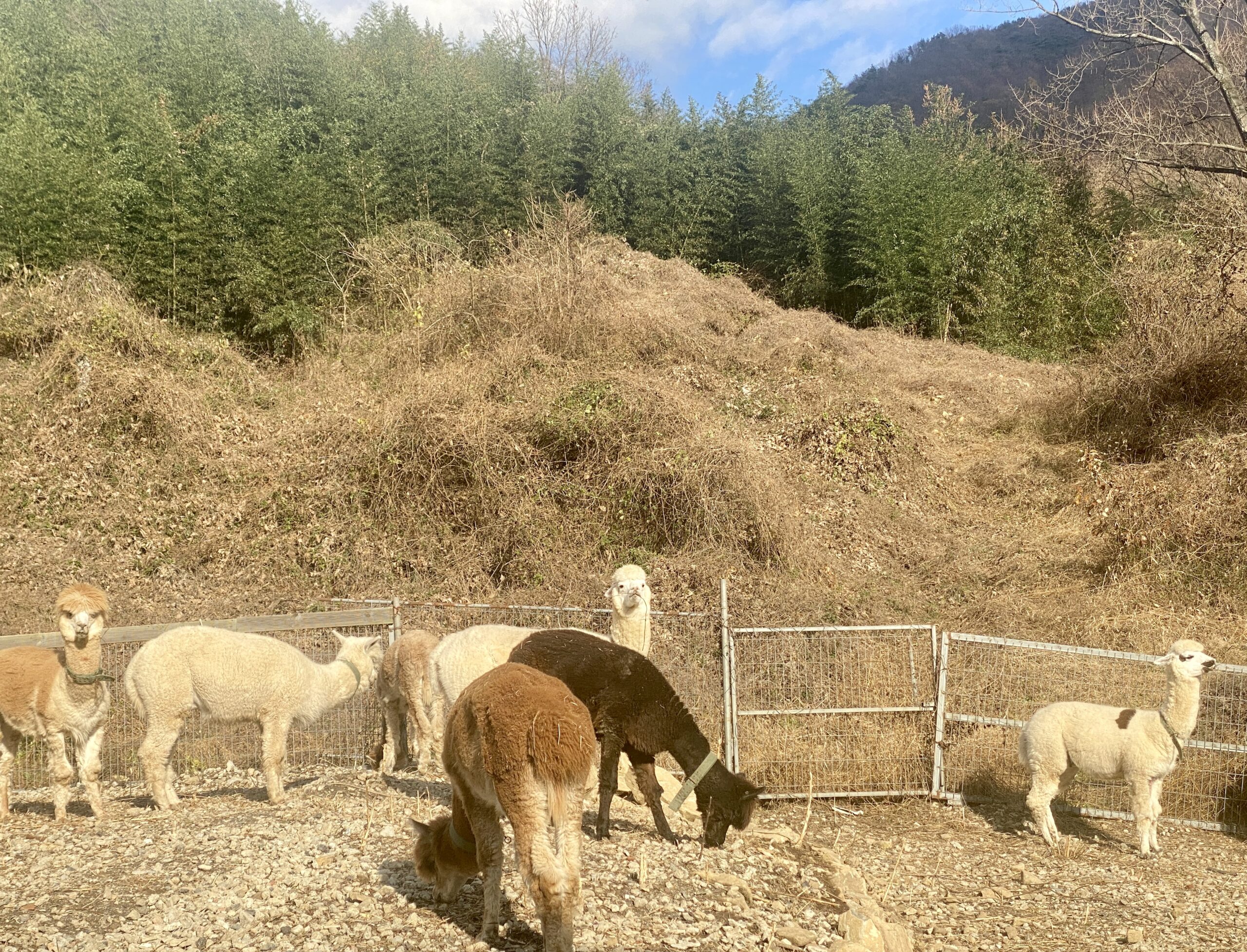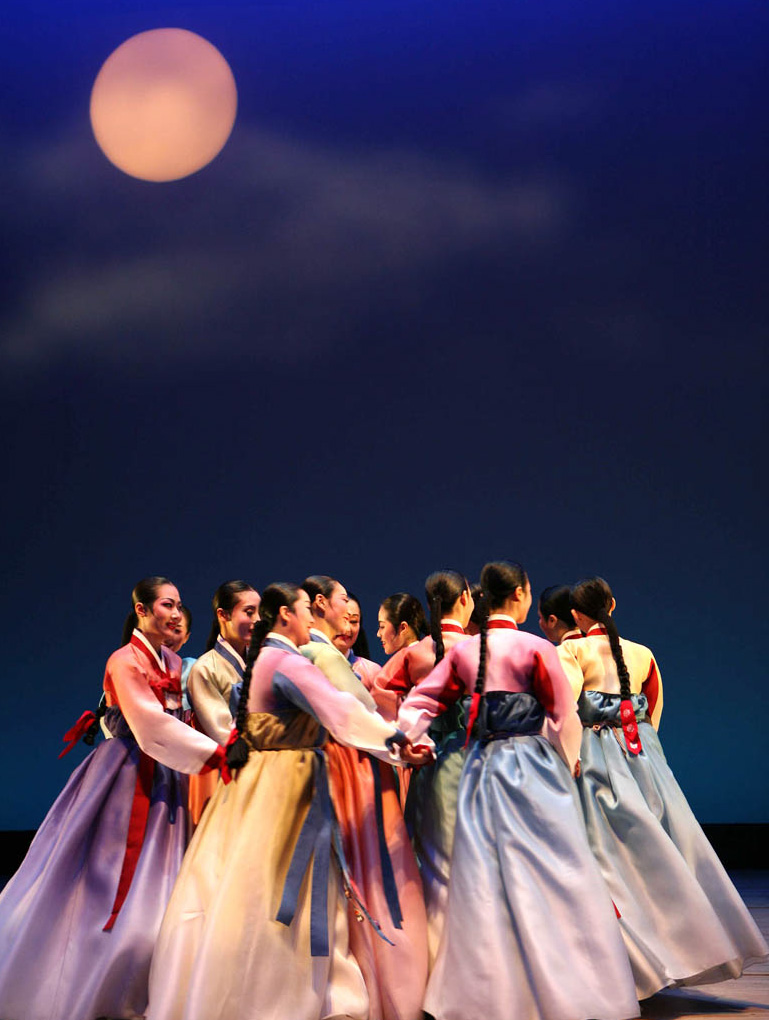A Traditional Chuseok in Modern Korea
By Diane Dooley
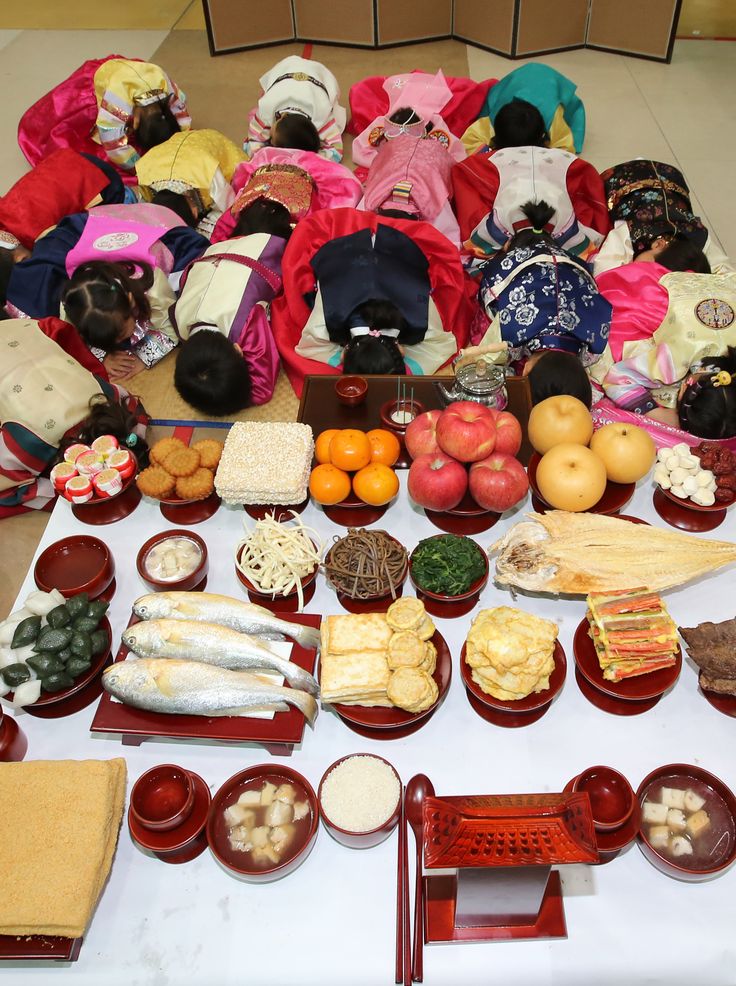
Tradition and Modernity
One thing that has always fascinated me about Korea is the way tradition and modernity blend together in contemporary society. This juxtaposition is evident in nearly every aspect of Korean life today – whether in literature, film, architecture, food, or fashion. Structures of concrete and glass stand tall next to colorful Buddhist temples; vendors sell bags of gochu-garu (red pepper paste) and doenjang (soybean paste) at open-air markets alongside international fast-food chains; and hanbok (traditional Korean dress) designers frequently feature in contemporary fashion magazines.
A Modern Myeongjeol
Korea’s traditional holidays [명절, myeongjeol] and their associated customs have evolved over the years, adapting to social, economic, and demographic changes. So, what does Chuseok, one of Korea’s largest holidays, look like for the average family in 2024? Has it changed over the last few decades and, if so, in what ways?
Many accounts of Chuseok in popular culture describe long, arduous journeys through gridlocked traffic as people travel from cities to their hometowns, usually in the countryside. This is followed by grueling hikes up small mountains to visit family shrines or burial grounds (which usually must be tended to in the days leading up to Chuseok). The holiday spans three days and involves preparing an elaborate platter of food for ancestral rites. Traditionally, this food is prepared by the women in the family, often leading to tensions as daughters-in-law are stereotypically expected to handle most of the work under the critical eye of their mothers-in-law.
How Chuseok looks can vary greatly depending on individual families and their circumstances. However, in my experience, Chuseok has become a more modern and relaxed affair. While the terrible traffic remains a constant, many modern developments have significantly reduced the burden of celebrating Chuseok while keeping the traditional components in tact.
What Is Chuseok?
First, what is Chuseok? It is often referred to in English as “Korean Thanksgiving,” but this translation simplifies the essence of the holiday. Chuseok, also known as hangawi, is one of the largest holidays in South Korea. Its origins are debated but can be traced back to Korea’s agrarian past. In summary, it is a time for families to gather and pay tribute to their ancestors for a bountiful autumn harvest and to wish for good fortune in the coming year.
When Is Chuseok?
Chuseok is celebrated on the 15th day of the 8th month of the lunar calendar, meaning it falls on different dates each year. Typically, Chuseok is celebrated in September or early October. This year, the Chuseok public holiday, spanning three days, will fall between September 16 and 18.
Festive Food
One of the first tasks for Chuseok preparation is the creation of various traditional dishes. An elaborate feast of traditional Korean dishes is prepared to honor one’s ancestors, including fresh fruit, japchae (잡채, stir-fried starch noodles with beef and vegetables), galbijjim (갈비찜, braised beef short ribs), songpyeon (송편, half-moon shaped rice cakes), and other sweet treats.
Traditionally, this food is prepared by the women in the family in the days leading up to Chuseok. However, convenience now often takes precedence over tradition. Many businesses have responded to this shift by offering pre-made selections of every festive dish imaginable. A quick search on Naver reveals a wide array of businesses providing food packages for Chuseok and other traditional celebrations. These packages come in various quantities and price points, ranging from 100,000 to over 400,000 Korean won. You can even find region-specific packages, such as the “Taste of Jeolla” package, for those whose extended families come from Jeolla Provinces.
These services save women hours of labor in the kitchen and ensure a certain level of quality and taste. One woman shared with me that she prefers ordering food to preparing it herself because any complaints about the food can be directed toward the company (“We won’t order from them again!”) rather than the women in the family, alleviating the stress of meticulous preparation.
Families still prepare some traditional Chuseok dishes for holiday breakfasts and snacks for visiting family members, while ordering more labor-intensive dishes intended for ancestral rites.
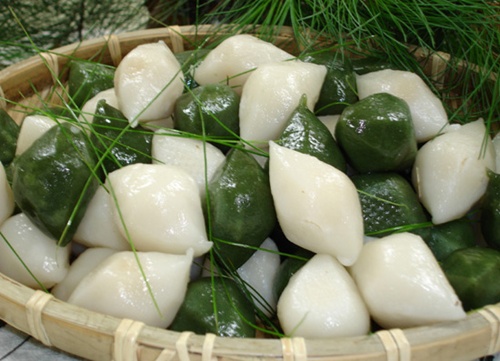
Paying Respects to One’s Ancestors
Jesa (제사) is an umbrella term for ancestral rites, encompassing various types. Charye (차례) refers to memorial services held on major holidays like Chuseok and Seollal (Lunar New Year). It is a form of ancestor worship to express gratitude to one’s ancestors. Traditionally performed by the eldest son of the eldest son at the family’s shrine or burial grounds, charye is now regularly conducted by other family members, such as a second or third son, who may be more able or willing.
Traditionally, charyeinvolves multiple steps. Food is prepared and arranged to distinguish which generations of ancestors are to be honored. The host pours a cup of liquor to invite the ancestor-spirits to the feast and performs two ritual bows. All other family members also bow twice, usually in order of age – traditionally, men bow twice and women four times. Alcohol is offered to each generation honored in the ritual, and participants then leave the room, cover the table with a folding screen, or turn their backs to allow the spirits to enjoy the feast. The ceremony ends with a final round of bowing to send the spirits back. Modern charye often simplifies this process, with both men and women bowing twice, or generations bowing together rather than in turn, and less attention paid to the layout of every dish.
After the ceremony, families often enjoy the prepared food together. In the early autumn sunshine, this can make for an enjoyable family picnic if held outdoors.
The COVID-19 Effect
Many will recall the travel restrictions and gathering limits imposed during Chuseok celebrations amid the COVID-19 pandemic. Similar to the reluctance to return to office work after years of work-from-home arrangements, many families now prefer smaller, more manageable Chuseok celebrations.
It is increasingly common for Chuseok to be celebrated in smaller family groups or in shifts. In the past, it was not uncommon for everyone in the extended family to show up the bon-ga (본가, parental home) from all corners of the country (or world) at the same time and spend all three days of Chuseok together. Now, instead of the entire extended family gathering for all three days, one group might visit in the morning, another in the evening, and a third group the following day. Modern apartment sizes in Korea also contribute to this shift, as smaller spaces may not accommodate large family gatherings or traditional rites comfortably.
A Time for Family
For some families, especially younger generations, Chuseok is less of a focus. With long working hours and few vacation days, many people are reluctant to spend the entirety of Chuseok engaged in traditional preparations or socializing with distant relatives.
Young married couples may split their time between visiting each set of parents during the day and meeting friends or colleagues in the evening, while other families opt to dine out at upscale restaurants rather than preparing food at home. Families with young children might attend Chuseok events held in most towns and cities over the three days, such as traditional music performances, songpyeon-making workshops, or game competitions, which are family-friendly and often free.
Many young, single Koreans use the time for travel, either domestically or internationally. Indeed, Chuseok is its own small peak season for the travel industry in South Korea. Families may also travel together, spending Chuseok at family resorts of pensions – private villas in the countryside.
Although Chuseok has adapted to modern society and can vary greatly from family to family, the family element remains strong, reflecting its continued importance in Korean society.
The Author
Diane Dooley is originally from Glasgow, Scotland, and has a BA in Korean and an MA in Korean literature. She enjoys reading, exploring, and talking about Korea to anyone willing to listen. She currently lives and works in Gwangju as an English teacher in an elementary school. Instagram: @yeloodenaid // Email: dianedooley@naver.com

